

Education
Schools are evenly distributed in the Ga East Municipality. Location of schools are within easy reach of all children located in various parts of the municipality. There are 276 schools at the primary education level made up of 32 public schools and 244 private schools. The Junior High schools also numbered 32 and 133 for public and private ownership respectively. In 2015, Papao Community Basic School was established whilst Ashongman M/A Basic School 4 was merged with the other schools (i.e Ashongman M/A Basic Schools 1,2& 3) on the same compound.
There are four (4) privately owned secondary schools which include Perfect Senior High School, The Masters Senior High School, Christ International Senior High School, and Osbert Senior High School. The only public Senior High School is the Kwabenya Community Senior High School which was established in 2016. The number of publicly owned Early Childhood Centers (ECDC) increased from fourteen (14) in 2013 to 30 in 2017. As at now, the total number of ECDC stands at two hundred and seventy-four. This is made up of two hundred and forty-four private and 30 public as already indicated.
The table 1.9 gives details of education infrastructure
It can be noted from the table above that privately-owned schools at all levels are more than the public schools in the Municipality. Not surprising though, pupils in private schools have relatively better infrastructure than their public school counterparts in the municipality. The problems of inadequate and poor quality infrastructure in the public schools can be found throughout the municipality. The Municipality has no Vocational School or Nursing training.
The situation in the urban areas of the Municipality such as is Dome, Haatso, Taifa and Kwabenya is compounded by overcrowding with an average of about 120 pupils per class as against the national target of 35 per class. This means the number of classes exceeds the number of classrooms and therefore the children are overcrowded. This situation is affecting the quality of education and increasing concerns about the competence of our public schools. Unlike the situation in the urban and peri-urban areas enrolment is low in the rural areas especially Adenkrebi. The same trend applies to staffing. The introduction of the CAPITATION grant and the School Feeding Programme has increased enrolment in the 20 participating schools. Adenkrebi, one of the rural communities however need serious attention to improve enrolment.
At the Public Kindergarten level, the percentage enrolment was 8.47 percent and 7.4 percent for boys and girls respectively. The percentages at the Primary level were 58.35 percent for boys and 57.55 percent for girls. At the JHS, while the males were 33.2percent, females were 35.05 percent. It was observed that more males enrolled at KG and primary level than the females counterparts. The percentages at the JHS are skewed in favour of the girls, whiles the girls were 35.0percent, and there were 33.05 percent boys
The Gross Completion Rate (GCR) for the Junior High School Level in the Municipality was 99.05percent with a higher number of females.
The Pupil Teacher Ratio (PTR) for KG is 1:34 that for primary is 1:37, while that of JHS is 1:21. At the SHS level Student Teacher Ratio is 1:25. The PTRs for the KG and Primary are higher than the national target of 25 and 35 for KG and primary respectively, this implies that the Municipality needs more teachers at these levels. Over people teacher ratio is 1:29 in the Municipality.
There are no schools under tree however; old cement structures require immediate rehabilitation. Besides, new ones should be constructed to decongest the overcrowded classrooms and also to provide increase access at places without schools.
The pupil furniture status is 87 percent at the KG level, at the primary level it was 27.5 percent and 23 percent at the JHS level. The toilet situation in the schools are very deplorable, in general, over 55 percent of schools at all levels of the basic school do not have toilet in the Municipality. Teacher accommodation is woefully inadequate in the Municipality especially in the rural areas.
Out of the 32 public schools in the municipality only 6 schools have building/block for ICT, but from this 6 only 4 have computers in the ICT labs. Some schools also have computers but have no designated block/room for teaching. Some schools have as low as 2 computers serving the whole student population. Accessibility to computers is very low and also deficit in trained ICT teacher to teach the pupils. From the foregoing, development issues in the sector that needs to be addressed in include:
• Inadequate education infrastructure
• Inadequate school furniture
• Inadequate accommodation for teachers
• Inadequate library and computer resource centers
• Encroachment on school lands by physical developers
• No vocational school
Date Created : 11/17/2017 9:21:54 AM
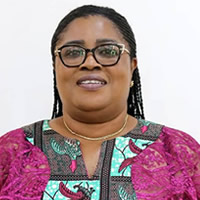






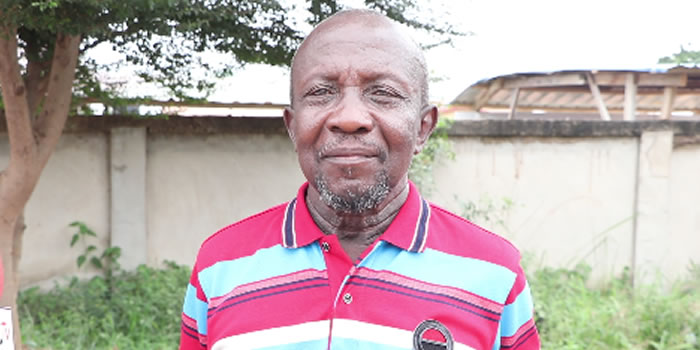
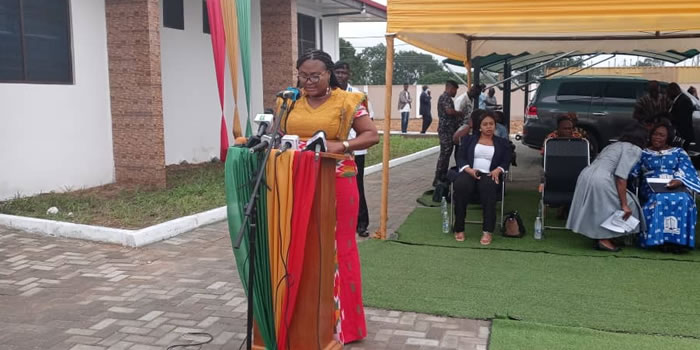
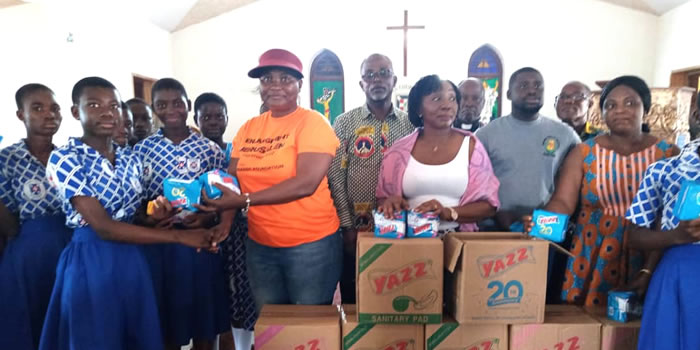
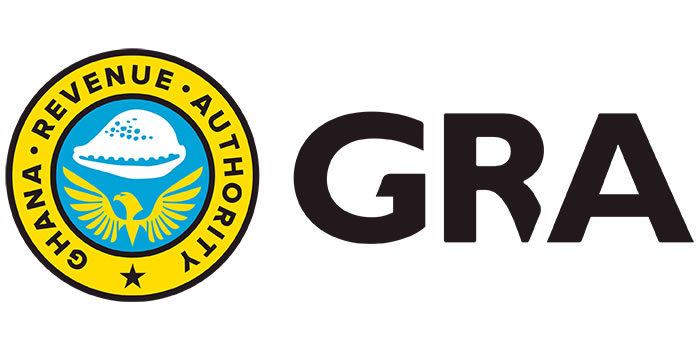


 facebook
facebook
 twitter
twitter
 Youtube
Youtube
 +233 593 831 280
+233 593 831 280 0800 430 430
0800 430 430 GPS: GE-231-4383
GPS: GE-231-4383 info@ghanadistricts.com
info@ghanadistricts.com Box GP1044, Accra, Ghana
Box GP1044, Accra, Ghana